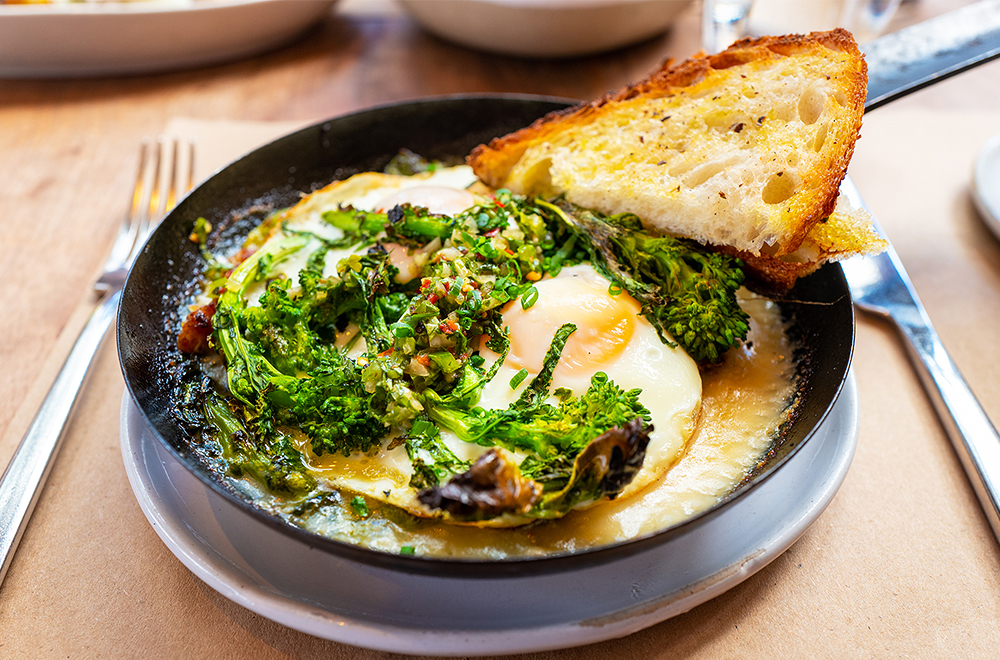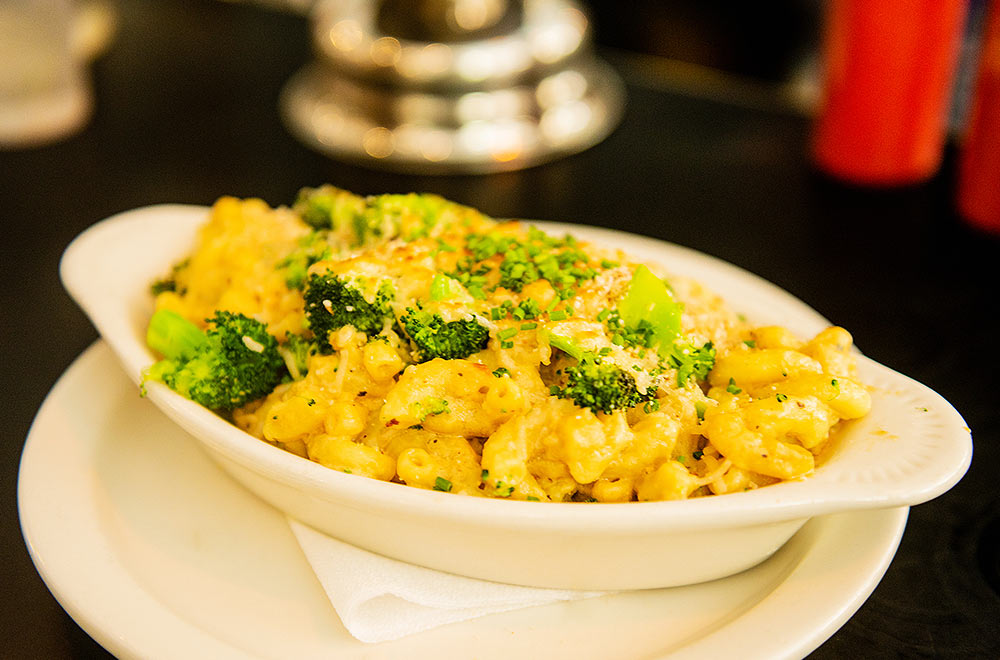Many restaurants are seeing one of the side effects of pandemic stress — a growing desire in many consumers for comfort food. More than half of all Americans say their mental health is declining, which is causing many to cope by indulging in more calorie-rich food (i.e., stress eating). This has resulted in another stressor for some … an expanding waistline. Restaurant owners can help guests curb pandemic overeating (and create more revenue) by creating lower-calorie versions of classic comfort food favorites. That way consumers can satisfy cravings without the need to invest in a roomier wardrobe.
What foods consumers want (and don’t want) during the pandemic
While a salad is often one of the healthiest items on the menu, that’s not what consumers want these days. For example, only 3% of restaurant orders included a side salad this past July, which is down from 4% a year ago.
Instead, the stress of the pandemic is causing many Americans to order high-calorie, comfort food options when dining at restaurants, such as pizza, French fries, and burgers. While these may taste great and give people a temporary mood boost, it ultimately could leave them more depressed if giving into temptation leads to weight gain.
One way restaurants can better serve their customers, while also boosting their revenue, is by creating healthier versions of traditional comfort food recipes.
Healthier comfort food alternatives
First, sit down with your menu and identify popular dishes that could be prepared in a healthier manner. Then, challenge your chefs to adjust the recipes to reduce the amount of calories and fat. Some options to consider while slimming down your menu include:
- Baked “fried chicken” and French fries
- A meatloaf that uses oats instead of breadcrumbs, and ground turkey breast instead of ground beef
- Substituting lower-fat cheeses on pizzas and evaporated fat-free milk in place of heavy cream in sauces
- Plant-based meat alternatives for burgers, meatballs, lasagna, etc.
- Mac and cheese made with whole wheat pasta and half regular, half low-fat cheese
- Buffalo “wings” (subbing in cauliflower for chicken)
- Mashed potatoes made with vegetable or chicken stock instead of cream
- Swapping out regular noodles for plant-based versions
- Vegetarian chili in place of a traditional meat-based chili
It will take some creativity and potential adjustments to your ordering, but these menu tweaks are an excellent way to appeal to your customers’ desire for hearty, satisfying food that is also healthy.
If possible, overhaul your menu so your healthy take on comfort foods is featured prominently and train staff to highlight these options to customers. Consider using photographs of your revamped entrées, and placing these items at the top of the menu or in a highlighted box, so they really stand out.

Mood-boosting foods
While satisfying comfort meals can help customers seeking to pump the brakes on pandemic-related weight gain, there are other ways restaurant owners can help consumers eat better and improve their mood by incorporating a variety of super foods.
For example, eggs contain melatonin, which can help people struggling with insomnia get some much-needed sleep. Black beans are filled with magnesium, which helps reduce anxiety. And yogurt, one of the best sources of probiotics, is a natural aid to help depression. Other foods that you can weave into your menu to help boost your customers’ health and mood include:
- Onions
- Garlic
- Leafy greens
- Whole grains
- Salmon
- Lentils
- Citrus fruit
- Red bell peppers
- Miso
- Kefir
- Beets
- Broccoli
- Turmeric
Highlight these ingredients on your menu whenever possible, including touting their health benefits for your pandemic-weary customers tired of cooking, but ready to embrace better eating habits.
Implementing menu changes
Obviously, overhauling your menu takes time. One way to ease into it is by rolling out new menu items gradually. This could be by introducing revamped meals as a daily/weekly special, and then making a new dish part of your regular menu once it becomes a proven hit with customers.
Restaurant owners might want to also consider creating “grab and go” meal plan boxes featuring healthier menu items that customers can enjoy at home. Allow people to order ahead for the week and purchase one meal or even a week of meals (with discounts or other incentives for customers who purchase a full week’s worth of food).
Promote your healthy offerings on social media to drive awareness of your slimmed-down comfort classics, including availability/ordering information if you decide to allow customers to pre-order meals. You also might want to consider partnering with a delivery service or implementing your own delivery service to drive more sales of your healthy classics.
To discover more restaurant marketing strategies and tactics that can help your business during COVID-19, take a look at our free e-tool, “Coronavirus era: 13 restaurant marketing tips.”






